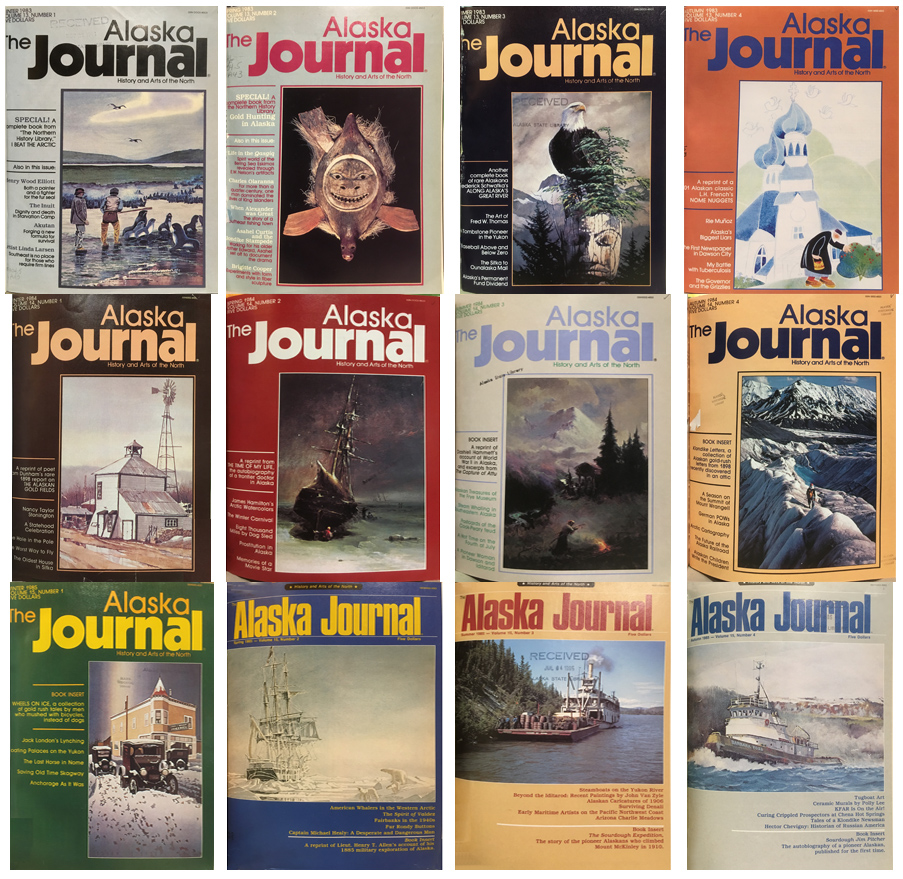

In the summer of 1972, documenta 5 (June 26 – October 2) opened in Kassel under the title “Inquiry into reality – visual worlds today.” For the first time in the history of documenta, an overall theme was set, which-having established reality as what is visually perceived-explored the cognitive functions of artistic and non-artistic imageries. In the following, I will address the edition’s main concerns through a closer look at the thematic conception of the show and the curatorial agencies at stake.įig. In order to examine documenta 5’s mode of shaping art history through innovations, it is worthwhile to reconstruct the net of strategies grounding the exhibition. This double turning point credits Szeemann and his iconic edition with a long-term impact on how art is exhibited. Looking at the historicization of Szeemann’s documenta edition, it appears that it accessed the canon of crucial shows from its very opening. Its unquestioned relevance is ascribed to a double rupture it produced with regard to both the history of documenta and the history of curating: firstly, it set an overall theme, breaking with the conventional trend- or style-based display of large-scale exhibitions secondly, it stressed curatorial agency in an unprecedented manner, initiating the transition from an artist- to a curator-based paradigm in the contemporary art field. What if, rather than limiting its focus to the modes of rupture and innovation, exhibition history started acknowledging the historiographical potential underlying inconspicuous, yet equally effective modes: those of repetition and consolidation? Stressing these modes allows us to understand how exhibitions not only provide variations in the canon of artworks, practices, and interpretations grounding art history, but also ensure canonical continuities.

By elucidating this crucial point, which has not raised scholarly attention so far, this article will address blind spots of art history as exhibition history. Rather than flagrantly innovating exhibition practices, the exhibition shaped art history by consolidating a specific artistic canon aligned with a normative notion of art still valid today. Upon closer examination, however, the exhibition discourse of documenta 6 can be read as grounding a theoretical assumption that extends to the present, namely, underlying today’s efforts to define contemporary art. In contrast, the subsequent 1977 edition has been considered a step backwards for the theoretical weakness of its “media concept” as well as its display, which resumed a media-based character. Szeemann’s edition became trendsetting, marking significant turning points as it established, firstly, a thematic exhibition format, and secondly, a fundamental change in curatorial self-understanding. The diverse impact exhibitions have had on art history shall be explored by comparing the historicization of two documenta editions: Harald Szeemann’s documenta 5 of 1972 and the following edition of 1977, curated by Manfred Schneckenburger and generally classified as its unimpressive successor. In fact, the different modes by which exhibitions can shape art history require further analysis, eventually casting new light on events which have not hitherto entered the canon of relevant shows. Rather, it criticizes the selection of case studies according to a logic of masterpieces while excluding exhibitions which are regarded as not having made art history.

This article does not intend to question the art historical study of exhibitions tout court. In the preface to the second volume of his compendium, Biennials and Beyond – Exhibitions that made art history: 1962–2002, Bruce Altshuler leads the increasing interest by art historians for exhibitions back to the insight that “exhibitions bring together a range of characters, who, exercising varied intentions in diverse circumstances, generate so much of what comes down to us as art history.” However, the academic rewriting of selected shows is itself subjected to norms which, given their canonizing effects, must be taken into consideration. As art history further questions its fundamentals, the exhibition format continues to lose its neutrality.


 0 kommentar(er)
0 kommentar(er)
